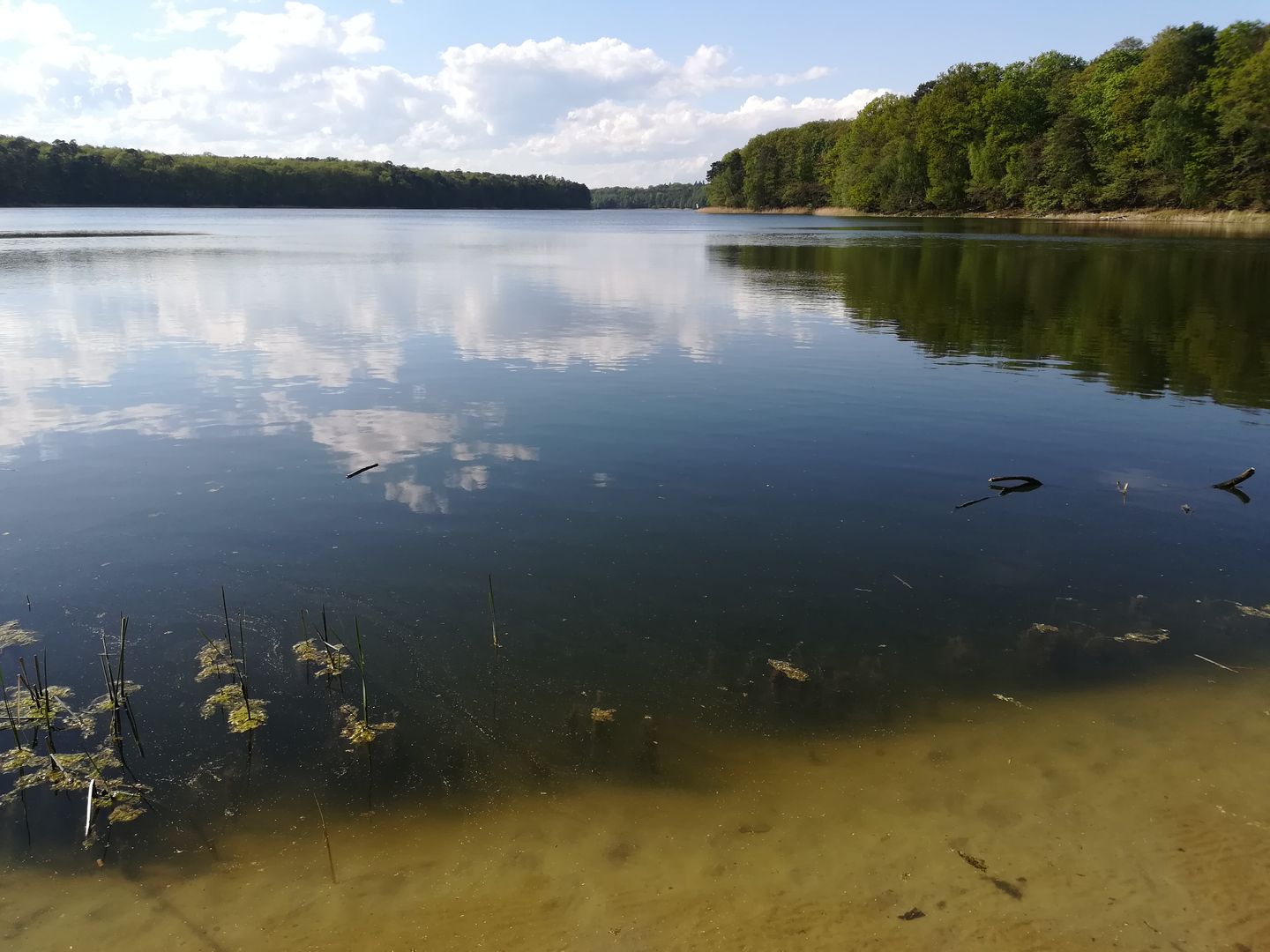Lake Góreckie
6.02

Overview
Góreckie Lake, located in the Greater Poland Voivodeship, is one of the most valuable sites in the Wielkopolski National Park. It is a ribbon lake, formed as a result of the recession of the Scandinavian ice sheet, and its shape resembles the letter "L". The lake features two islands, the largest of which—Castle Island—hides the ruins of the romantic castle of Klaudyna Potocka, giving the place a unique architectural character. The lake is a popular tourist destination, not only due to its attractive views but also because of its rich flora and fauna. Its waters are home to rare species of plants and aquatic organisms, including macroalgae and cyanobacteria, which have been the subject of scientific research for years. The lake is also an important habitat for birds, especially during migration periods, when thousands of greylag geese and common mergansers gather here. Over the years, the lake has undergone various studies that have revealed differences in water quality, leading to the implementation of protective measures due to its deteriorating condition. The area around Góreckie Lake supports tourism development; nearby, there are hiking trails and a Natural History Museum. Interestingly, a previously unknown species of bacteriophage was detected in the lake on a nationwide scale, highlighting its biological diversity. The entire surroundings of Góreckie Lake represent a harmonious blend of nature, history, and culture, making it not only attractive to tourists but also important in terms of environmental protection and scientific research.
Location
2025 Wizytor | All Rights Reserved